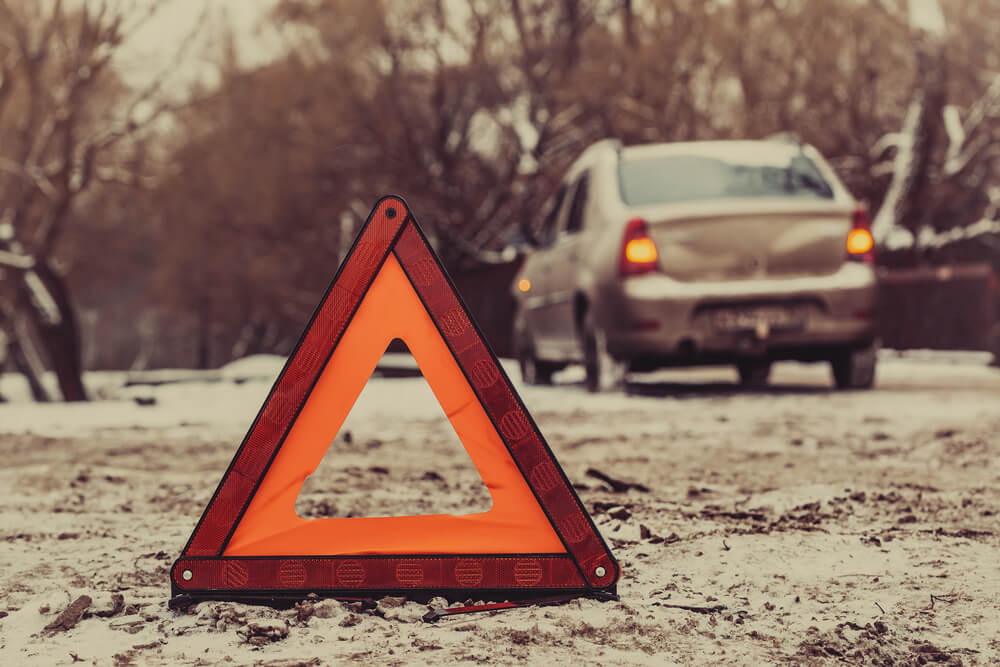Defensive Driving in the Snow
According to the Federal Highway Administration, nearly a quarter of accidents happen on snow, ice, or sleet. Despite states spending more than $2 billion a year on winter road maintenance, they can’t offset the dangers of slick driving conditions. Stay safe with these defensive winter driving safety tips.
Winterize to Save Lives

Sell Car For Cash Cincinnati Locations
Testimonials:
"Quick and easy process to sell my old car and I got a little more money than some of the scrap yards we’re offering."
- Ian
"Very helpful and professional! Helped get the car ready to be sold and answered all questions. Picked up next day right on time and money was delivered on site of pickup. I highly recommend using them!"
- Hunter
"Got my quote around 10 am and within a half hour was contacted and got my car picked up & cash the same day! Awesome communication and kept me updated the whole time. Got cash the same day!! Will definitely contact them in the future if I need anything with a car!!"
- Angel
"This company was great to work with. Had my car gone in just a few days with no hassle at all. Would highly recommend if you are trying to get of a car that's just sitting around"
-Steven
"Wow. Couldn’t have been any easier, gave me the highest quote of any website and local scrapyard. Constant communication. Arranged free towing, and handed me the check. Deal was seamless and professional."
-Jeffrey
"Once I accepted their price, they contacted me for a time to pick up my vehicle. The driver was prompt and personable. If the need ever arises again, I have no problem using them again."
-Feya
Copyright © Sell Car for Cash Cincinnati | Privacy Policy
